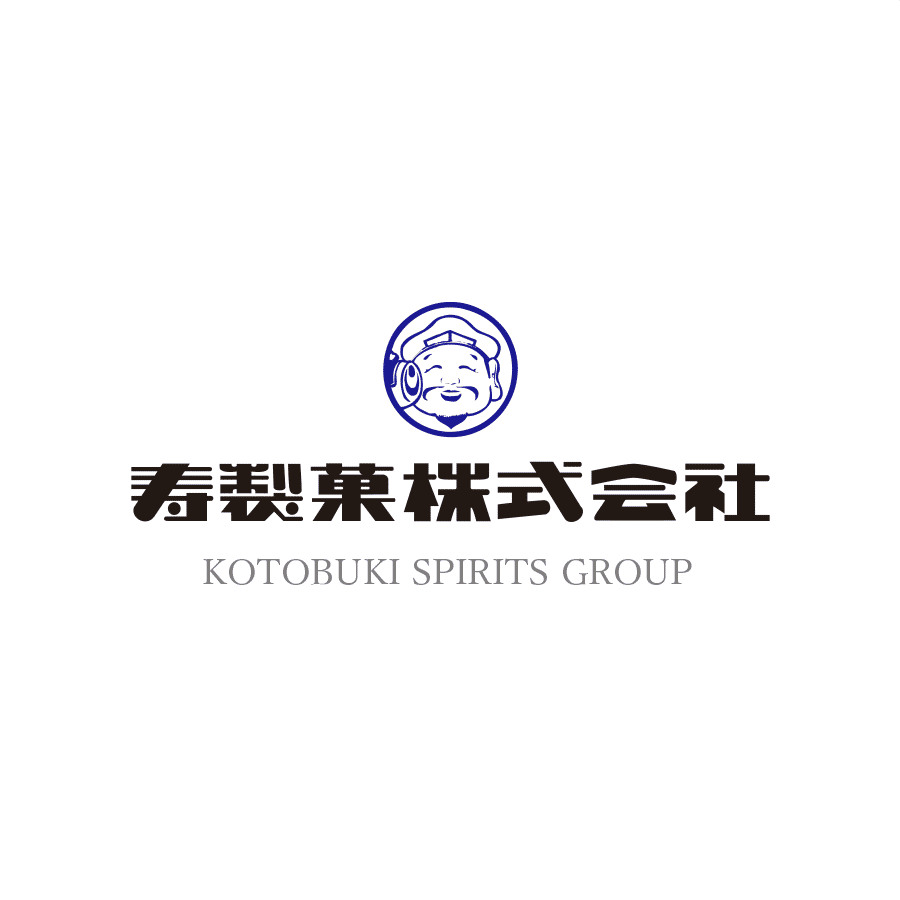预约演示
更新于:2025-05-07

Kotobuki Seika Co., Ltd.
更新于:2025-05-07
概览
关联
5
项与 Kotobuki Seika Co., Ltd. 相关的药物作用机制 calcium channel抑制剂 |
在研机构- |
在研适应症- |
最高研发阶段终止 |
首次获批国家/地区- |
首次获批日期- |
作用机制 血管紧张素II受体家族拮抗剂 |
在研机构- |
在研适应症- |
非在研适应症 |
最高研发阶段终止 |
首次获批国家/地区- |
首次获批日期- |
作用机制 磷酸二酯水解酶抑制剂 |
在研机构- |
在研适应症- |
非在研适应症 |
最高研发阶段终止 |
首次获批国家/地区- |
首次获批日期- |
100 项与 Kotobuki Seika Co., Ltd. 相关的临床结果
登录后查看更多信息
0 项与 Kotobuki Seika Co., Ltd. 相关的专利(医药)
登录后查看更多信息
13
项与 Kotobuki Seika Co., Ltd. 相关的文献(医药)2024-01-01·Food Science and Technology Research
Efficient and safe extraction of an antioxidant, 3,5,4’-trihydroxy-6,7-methylenedioxyflavone-3-<i>O</i>-glycoside, from indigo leaves using alkaline hydrolysis of modifying ester moieties
作者: Ishida, Miki ; Murota, Kaeko ; Jisaka, Mitsuo ; Kimura, Hideto ; Ishihara, Tomoe ; Hirabayashi, Yu
2021-01-01·Journal of Pharmaceutical and Biomedical Analysis3区 · 医学
Anti-inflammatory and bioavailability studies on dietary 3,5,4’-trihydroxy-6,7-methylenedioxyflavone-O-glycosides and their aglycone from indigo leaves in a murine model of inflammatory bowel disease
3区 · 医学
Article
作者: Yu Hirabayashi ; Mitsuo Jisaka ; Tomoe Ishihara ; Shota Tokuyama-Nakai ; Hideto Kimura ; Kazushige Yokota
2019-03-01·Heliyon
Constituents of flavonol O-glycosides and antioxidant activities of extracts from seeds, sprouts, and aerial parts of Polygonum tinctorium Lour.
Article
作者: Ishihara, Tomoe ; Jisaka, Mitsuo ; Yokota, Kazushige ; Tokuyama-Nakai, Shota ; Hirabayashi, Yu ; Kimura, Hideto
100 项与 Kotobuki Seika Co., Ltd. 相关的药物交易
登录后查看更多信息
100 项与 Kotobuki Seika Co., Ltd. 相关的转化医学
登录后查看更多信息
组织架构
使用我们的机构树数据加速您的研究。
登录
或

管线布局
2025年12月16日管线快照
管线布局中药物为当前组织机构及其子机构作为药物机构进行统计,早期临床1期并入临床1期,临床1/2期并入临床2期,临床2/3期并入临床3期
其他
5
登录后查看更多信息
当前项目
| 药物(靶点) | 适应症 | 全球最高研发状态 |
|---|---|---|
KT-362 ( calcium channel ) | 高血压 更多 | 终止 |
KT-734 ( Phosphoric diester hydrolases ) | 高血压 更多 | 终止 |
KT-6207 ( PPARα ) | 高脂血症 更多 | 终止 |
KT-3866 ( Angiotensin II receptor ) | 高血压 更多 | 终止 |
KT-2962 ( TBXA2R ) | 偏头痛 更多 | 终止 |
登录后查看更多信息
药物交易
使用我们的药物交易数据加速您的研究。
登录
或

转化医学
使用我们的转化医学数据加速您的研究。
登录
或

营收
使用 Synapse 探索超过 36 万个组织的财务状况。
登录
或

科研基金(NIH)
访问超过 200 万项资助和基金信息,以提升您的研究之旅。
登录
或

投资
深入了解从初创企业到成熟企业的最新公司投资动态。
登录
或

融资
发掘融资趋势以验证和推进您的投资机会。
登录
或

生物医药百科问答
全新生物医药AI Agent 覆盖科研全链路,让突破性发现快人一步
立即开始免费试用!
智慧芽新药情报库是智慧芽专为生命科学人士构建的基于AI的创新药情报平台,助您全方位提升您的研发与决策效率。
立即开始数据试用!
智慧芽新药库数据也通过智慧芽数据服务平台,以API或者数据包形式对外开放,助您更加充分利用智慧芽新药情报信息。
生物序列数据库
生物药研发创新
免费使用
化学结构数据库
小分子化药研发创新
免费使用
